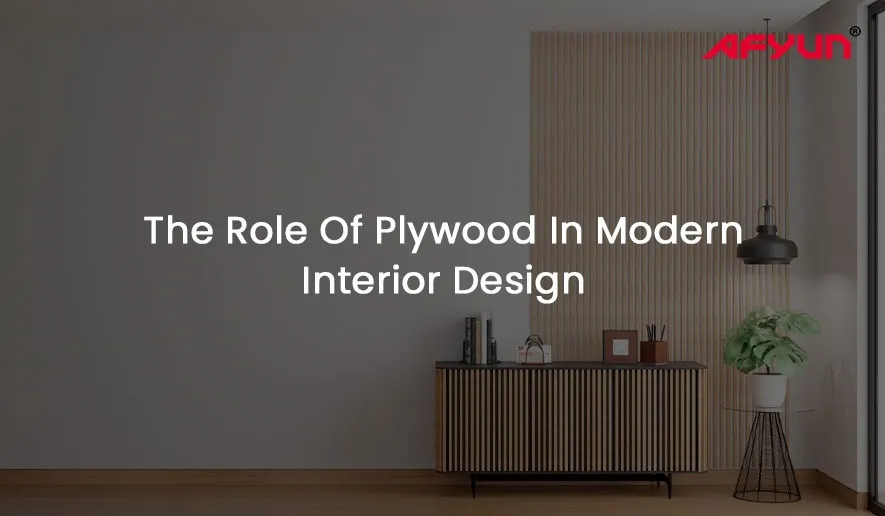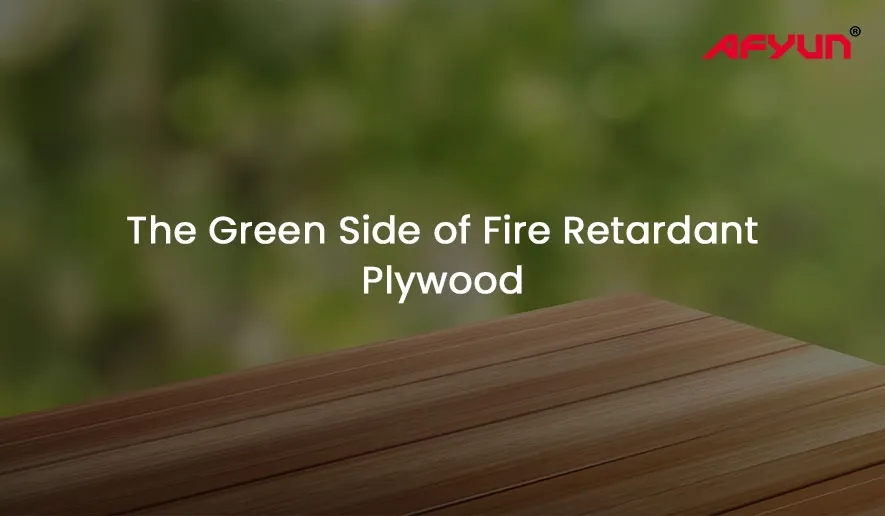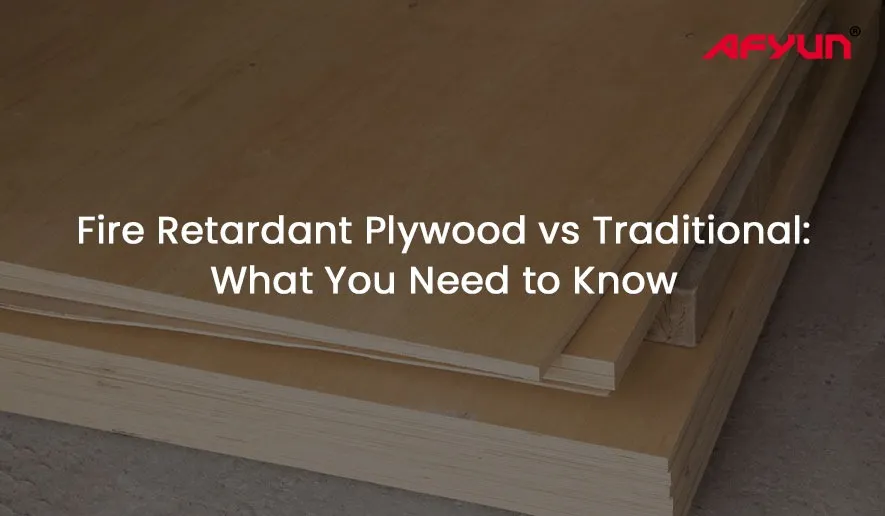Plywood is a silent yet essential player, shaping the aesthetic and functional aspects of modern spaces.
This material, composed of layers of wood veneer glued together, has exceeded its traditional uses and plays an important role in contemporary design.
Let’s dive into the multiple roles of plywood in shaping today’s interiors.
Sustainability and Environmental Friendliness
Plywood is often sourced from sustainable forests, aligning with the growing concern for eco-friendly design.
Its manufacturing process generates less waste than solid wood, making it an environmentally responsible choice.
Adaptability and Flexibility
Plywood’s inherent strength and flexibility make it an ideal material for creating various design elements.
Designers use its adaptability to craft custom furniture, intricate wall panelling, and innovative storage solutions.
Cost-Effective Elegance
Plywood offers a cost-effective alternative to solid wood without compromising on aesthetics.
Its affordability allows designers to experiment with different finishes, laminates, and veneers, creating a luxurious look within budget constraints.
Strength and Durability
Plywood’s layered structure improves its strength, making it resilient against warping or cracking.
Its durability makes it suitable for a wide range of applications, ensuring longevity in design choices, which include:
- Furniture
- Roofing and flooring
- Cabinetry and storage
- Decorative trim
- Wall panelling
- Fencing
- Automobile interiors
- Construction of boats and ships
Versatile Aesthetics
Plywood’s neutral appearance serves as a blank canvas for various finishes, from natural wood grains to bold laminates.
Designers utilize different staining and painting techniques to achieve various styles, flawlessly integrating plywood into diverse design schemes.
Architectural Applications
Plywood finds application in architectural elements such as ceiling treatments, decorative beams, and distinctive wall features.
Its versatility allows architects to introduce warmth and texture into contemporary structures, creating a harmonious blend of form and function.
Ease of Installation
The consistent thickness of plywood simplifies the installation process, saving time and effort during construction.
Its uniformity ensures a smooth finish, contributing to the overall polished look of the interior.
Innovation in Design
Designers and architects constantly push the boundaries, using plywood in unconventional ways.
From curved surfaces to geometric patterns, plywood’s adaptability fuels a culture of innovation, leading to unique and avant-garde designs.
In A Nutshell
Plywood’s role in modern interior design extends beyond its practical uses.
Plywood has become a symbol of versatility, sustainability, and cost-effectiveness, influencing the way designers approach the creation of contemporary spaces.
As design trends evolve, plywood stands the test of time, remaining a vital element in the ever-changing interior design landscape.
Quick Links:
Plywood Price | Plywood Price in India | Calibrated Plywood Price | Gurjan Plywood | Fire Retardant Plywood | Waterproof Plywood | Marine Plywood Price



